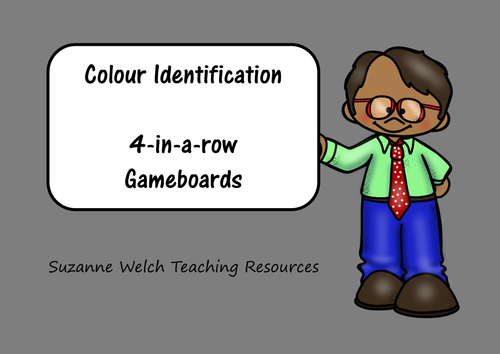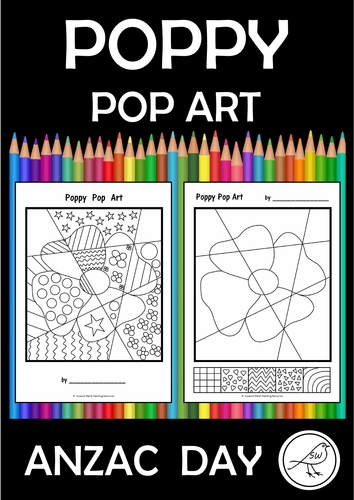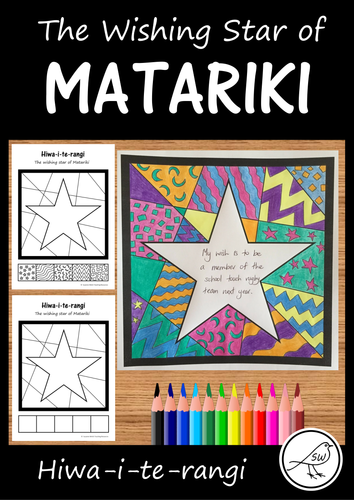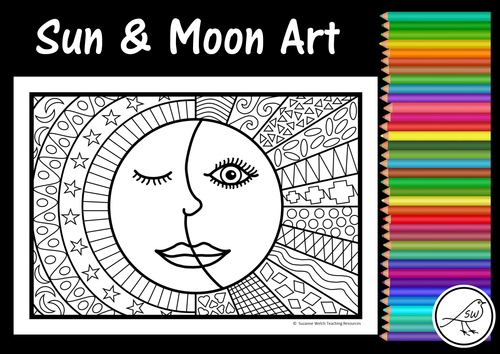
377Uploads
168k+Views
10k+Downloads
Art and design

Colour Identification - 4 in a row gameboard
Practise your colour identification with these 3 gameboards.
UK and USA spelling included (colour/color grey/gray)
The Game: 4-in-a-row:
♦ Instructions and gameboards included.
♦ All you need is a dice and some counters.
♦ Suitable for 2 players.
How to play:
1. Player A rolls the dice.
2. Player A reads the colour word that is located under the picture of the dice on the left side of the board.
3. Player A finds that colour on the gameboard and covers one of those squares with one of their counters.
4. Player B has their turn.
5. Players continue to take turns. The winner is the first player to get 4 of their counters in a row.
Gameboard 1:
red, yellow, blue, green, black, orange
Gameboard 2:
white, pink, brown, purple, grey, cream
Gameboard 3:
light blue, dark blue, light green, dark green, light brown, dark brown

Colour Mixing
Colour Mixing – flashcards, activity sheets, game and reference chart
UK and USA spelling included (colour/color grey/gray)
Flash Cards - 3 different types:
♦ colour splodges and word equations
♦ colour splodge equations – work out the final colour
♦ colour splodge equations – work out the missing colour
Activity Sheets - 3 different types:
♦ colour the last splodge of the equation (print in colour)
♦ colour the splodges and work out the last splodge of the equation
♦ colour the splodges and work out the missing splodge
Game:
‘Four-in-a-row’ game - instructions and gameboard.
All you need is a dice and some counters.
1. Player A rolls the dice.
2. Player A reads the colour mixing equation that is located under the picture of the dice on the left side of the board.
3. Player A finds the answer to the colour mixing equation on the gameboard and covers one of those squares with one of their counters.
4. Player B has their turn.
5. Players continue to take turns. The winner is the first player to get 4 of their counters in a row.
The 6 colour mixing equations:
red + white = pink
blue + yellow = green
red + blue = purple
white + black = grey
green + red = brown
yellow + red = orange

Anzac Day – Poppy Pop Art
A fun, effective art activity for your students when celebrating Anzac Day.
Draw some patterns on the poppy / background and colour it in.
4 different templates are included:
♦ TEMPLATE 1 and 2 – the patterns are given in the boxes at the base of the sheet. Students transfer these patterns to the poppy and the background and then colour everything in.
♦ TEMPLATE 3 – this is a blank template. Your students decide on their own 5 patterns and draw them in the boxes at the bottom of the sheet.
♦ TEMPLATE 4 – the patterns are already given on the poppy and the background. This is just a colouring activity.
**********************************************************************
© Suzanne Welch Teaching Resources

Valentine's Day - Secret Code Wheels - BUNDLE
This is a bundle of secret code wheels that are for Valentine’s Day.
There are 6 different types of code wheels:
* Alphabet and alphabet (ordered a-z)
* Alphabet and alphabet (jumbled)
* Alphabet and number (ordered 1-26)
* Alphabet and number (jumbled)
* Alphabet and symbol
* Blank - write the alphabet and create your own code
Each resource has 15 code wheel templates, each with Valentine’s Day pictures on the inner wheel.
5 of the resources contain a Valentine’s Day joke for your students to decipher with their wheel (the blank one doesn't contain the joke).
All of the resources contain a Valentine’s Day themed template for writing a secret code on (lined and unlined) as well as 2 card templates.
© Suzanne Welch Teaching Resources

MATARIKI - Wishing Star
A creative classroom activity for celebrating Matariki (the Māori New Year).
Hiwa-i-te-rangi is one of the 9 stars in the Matariki star cluster. It is known as the ‘wishing star’. This star has a connection to our hopes, dreams and aspirations for the year ahead.
The Process:
1. Draw patterns in the spaces around the star shape (use a black ball-point pen).
2. Colour.
3. Write a wish in the star.
4. Cut out around the outside black frame.
5. Display on the wall (you may like to do this so it looks like a patchwork quilt).
Three different templates are provided for you to select from. Two templates have pre-drawn patterns in the boxes at the bottom, and one is blank so your students can design their own patterns.
Included:
♦ Instructions
♦ Information card about Hiwa-i-te-rangi
♦ Template A – with patterns
♦ Template B – with patterns
♦ Template C - blank (draw your own patterns)
Made on A4 size paper.
Finished size of artwork (after cutting it out) is approx 18cm x 18cm.
**********************************************************************
© Suzanne Welch Teaching Resources

Koru Art – 4 Different Templates
The koru is a popular symbol in New Zealand. Here is a set of 4 different templates that can be used in a variety of ways …. you decide!
The 4 Templates:
♦ Plain (koru only)
♦ Radiating lines behind koru
♦ Patchwork lines behind koru
♦ Radiating lines with patterns behind koru
Ideas:
♦ Draw patterns in the background spaces.
♦ Write words in the background spaces (eg ‘all about me’).
♦ Colour using warm/cool colours.
♦ Colour using blending/shading.
**********************************************************************
© Suzanne Welch Teaching Resources

Sun and Moon Art
A fun, creative and bright art project for your students to enjoy. Select the template that best fits your students.
3 Different Templates:
♦ draw your own patterns and then add colour.
♦ draw half of the patterns and then add colour.
♦ just add colour.
Suggested Colouring:
♦ Moon side - cool colours (shades of blue, green, purple)
♦ Sun side - warm colours (shades of red, yellow, orange)
Suggested Curriculum Links:
♦ Māori myths and legends (Rona and the Moon; Maui and the Sun).
♦ Solar system / Space / Night and Day study.
♦ Maths – geometry (patterns, shapes).
Also a great activity during busy assessment periods … your students can work on this independently while you’re testing :)
Designed on A4 size paper.
**********************************************************************
© Suzanne Welch Teaching Resources







